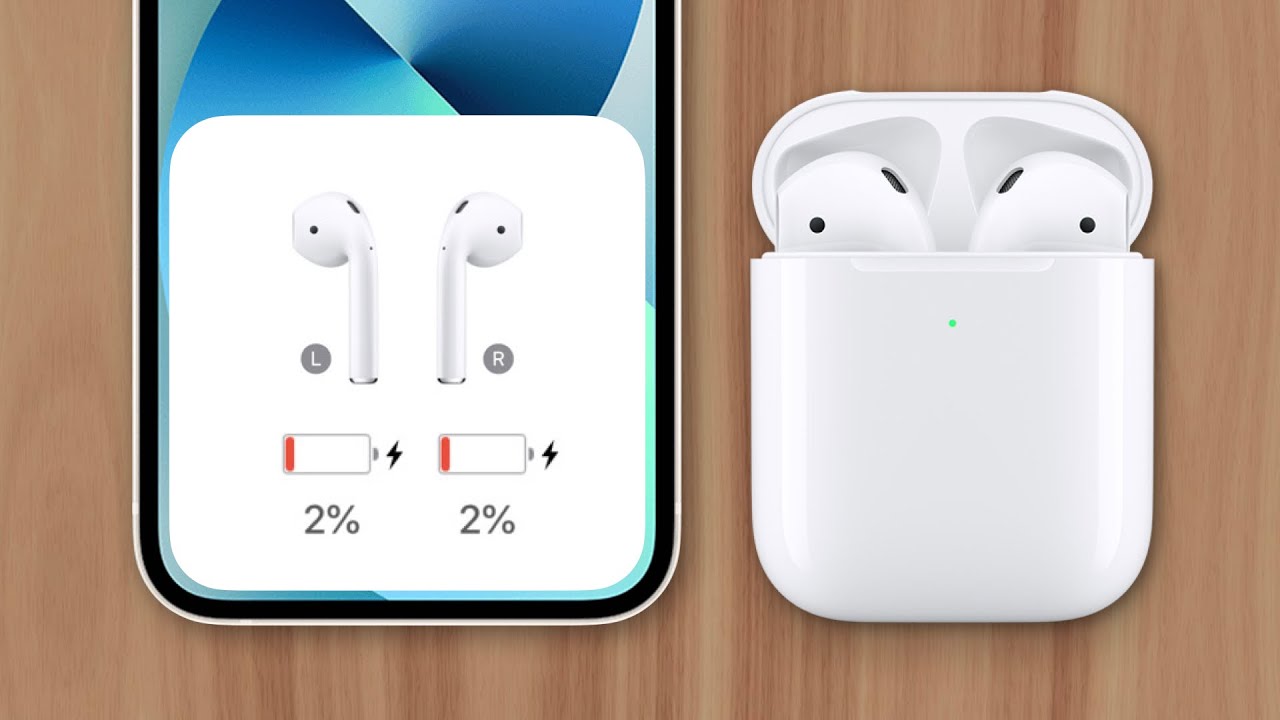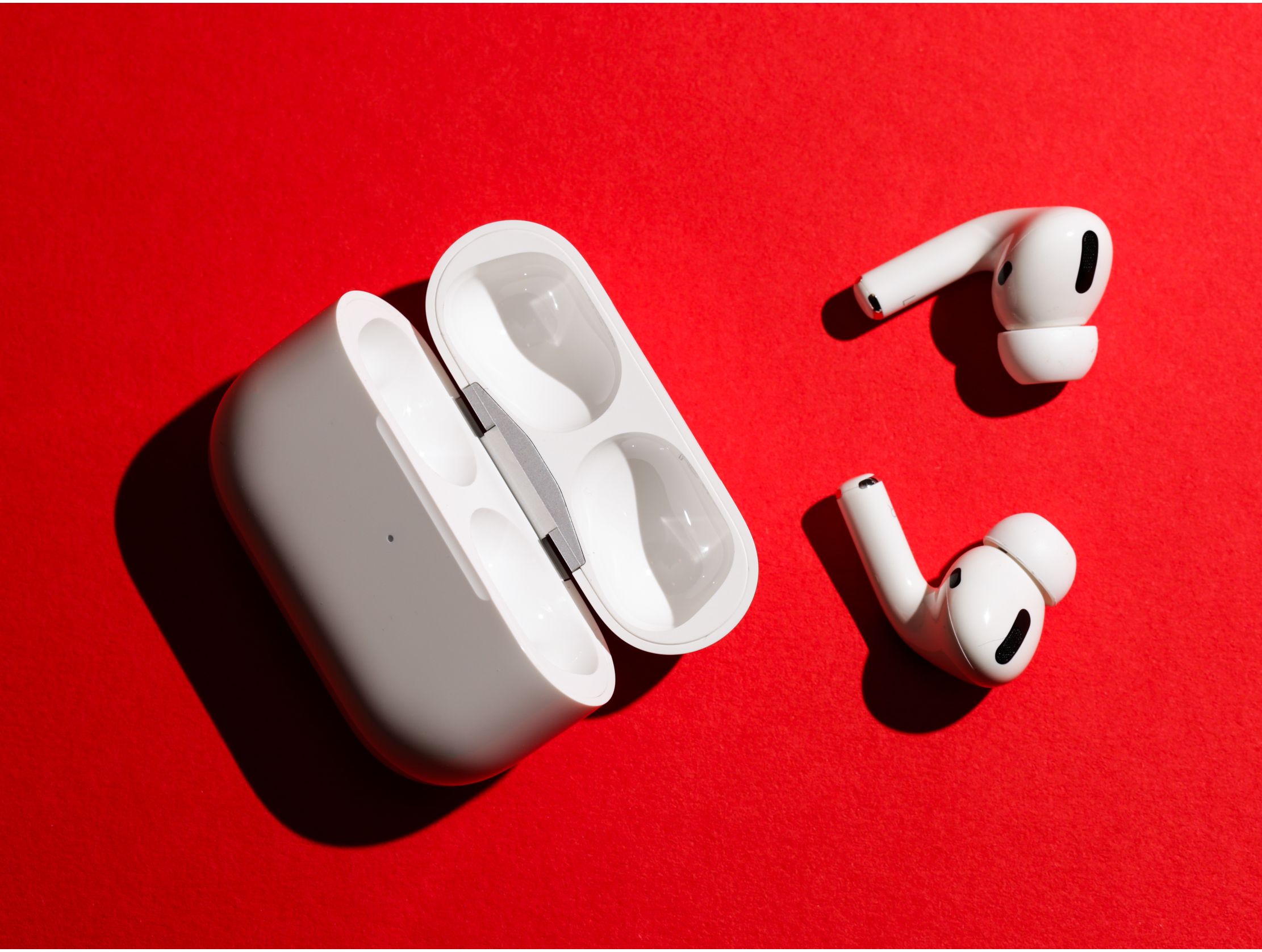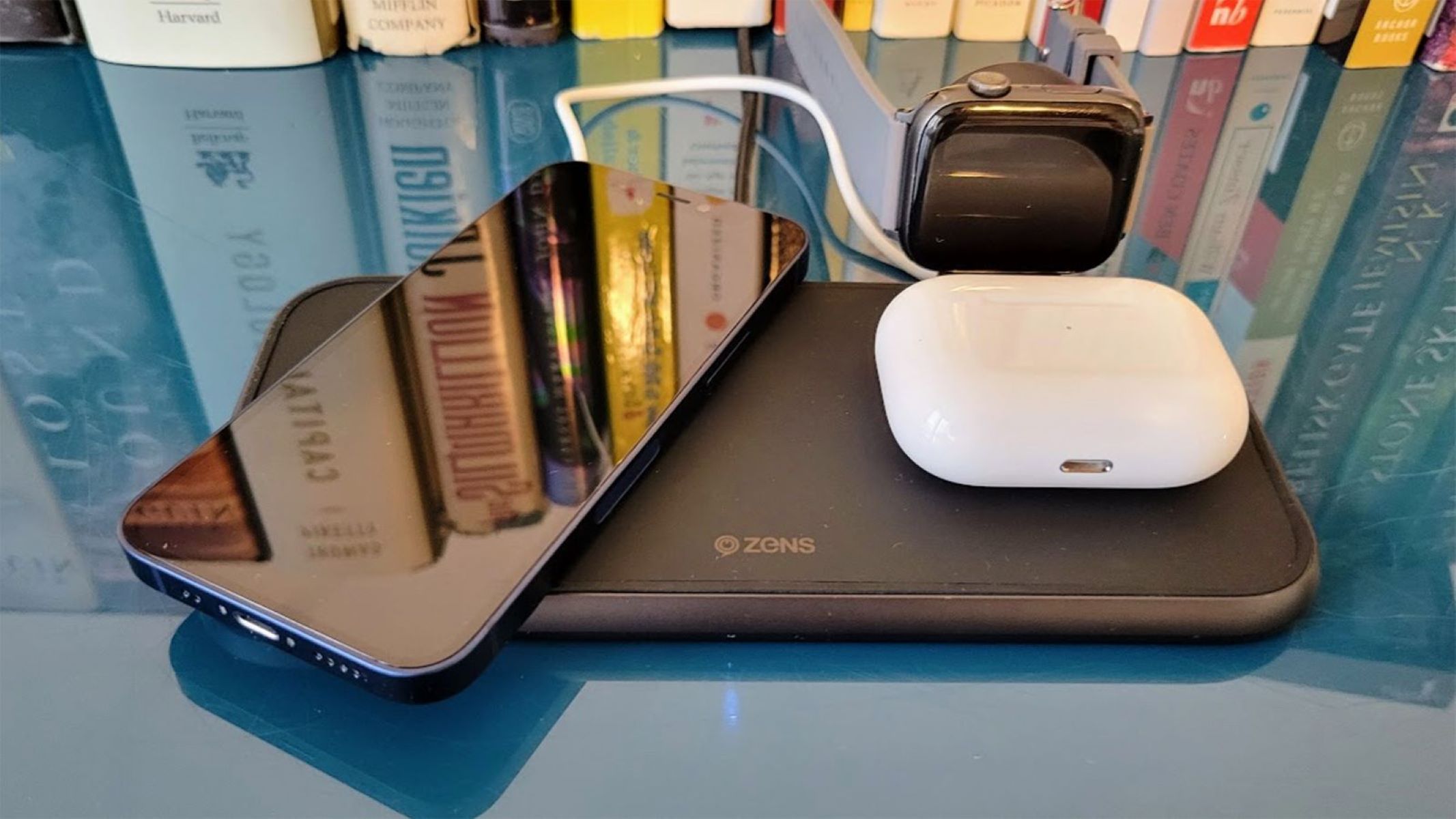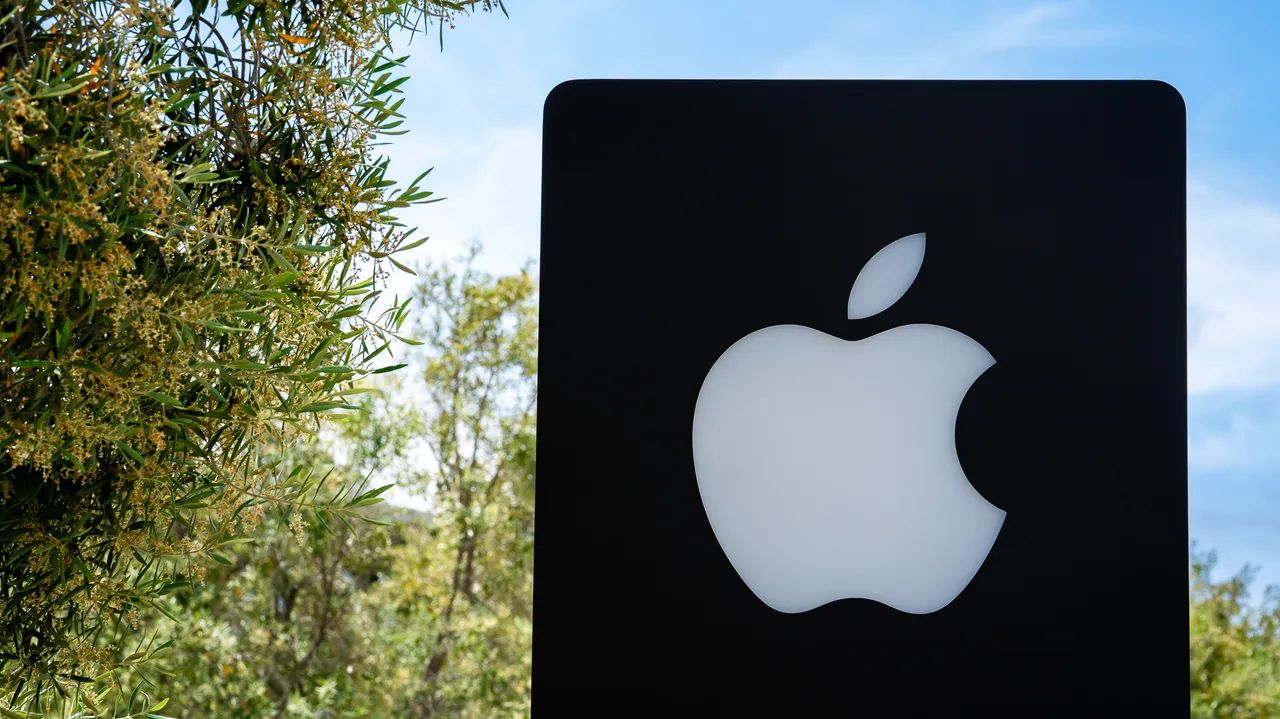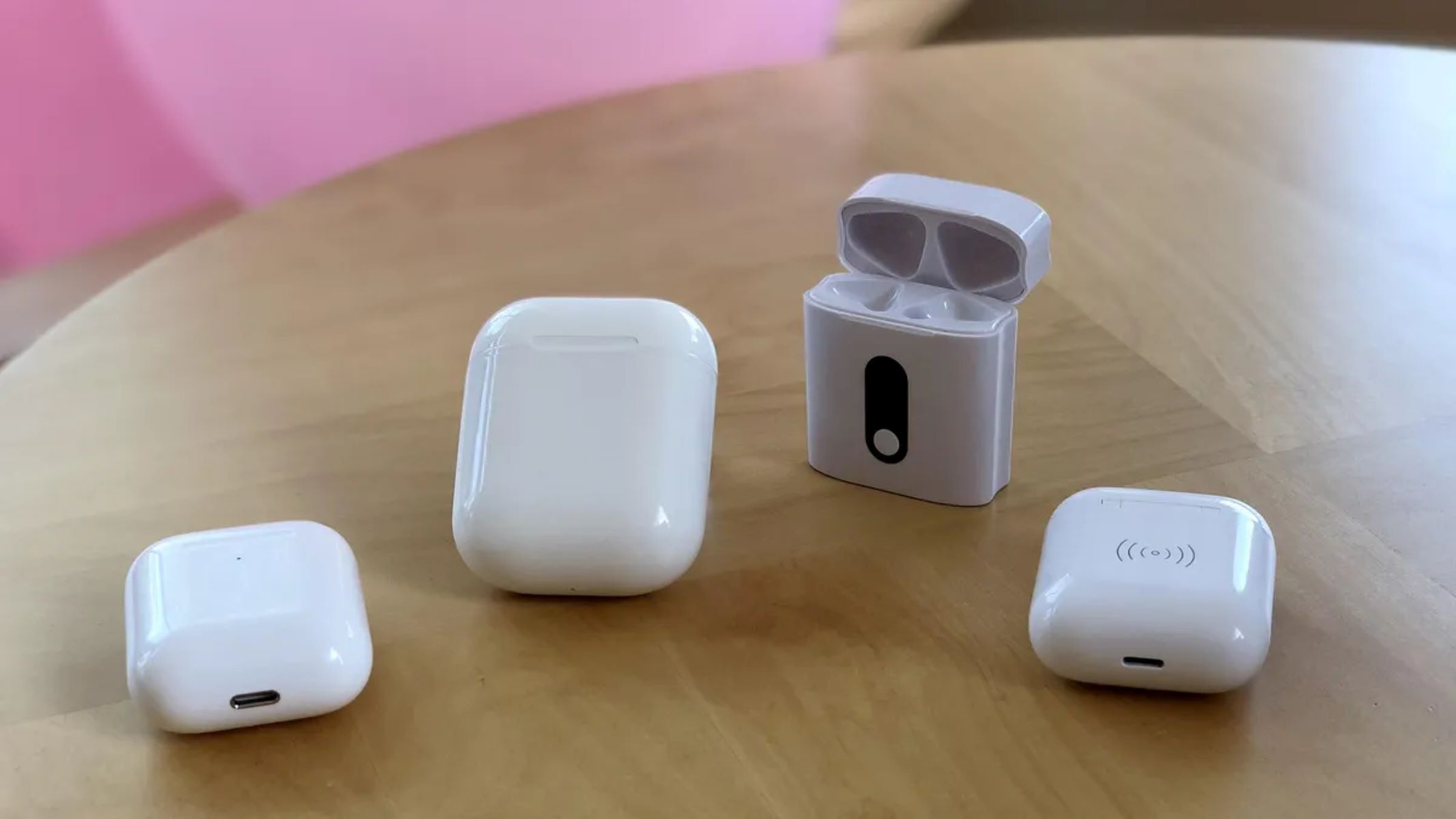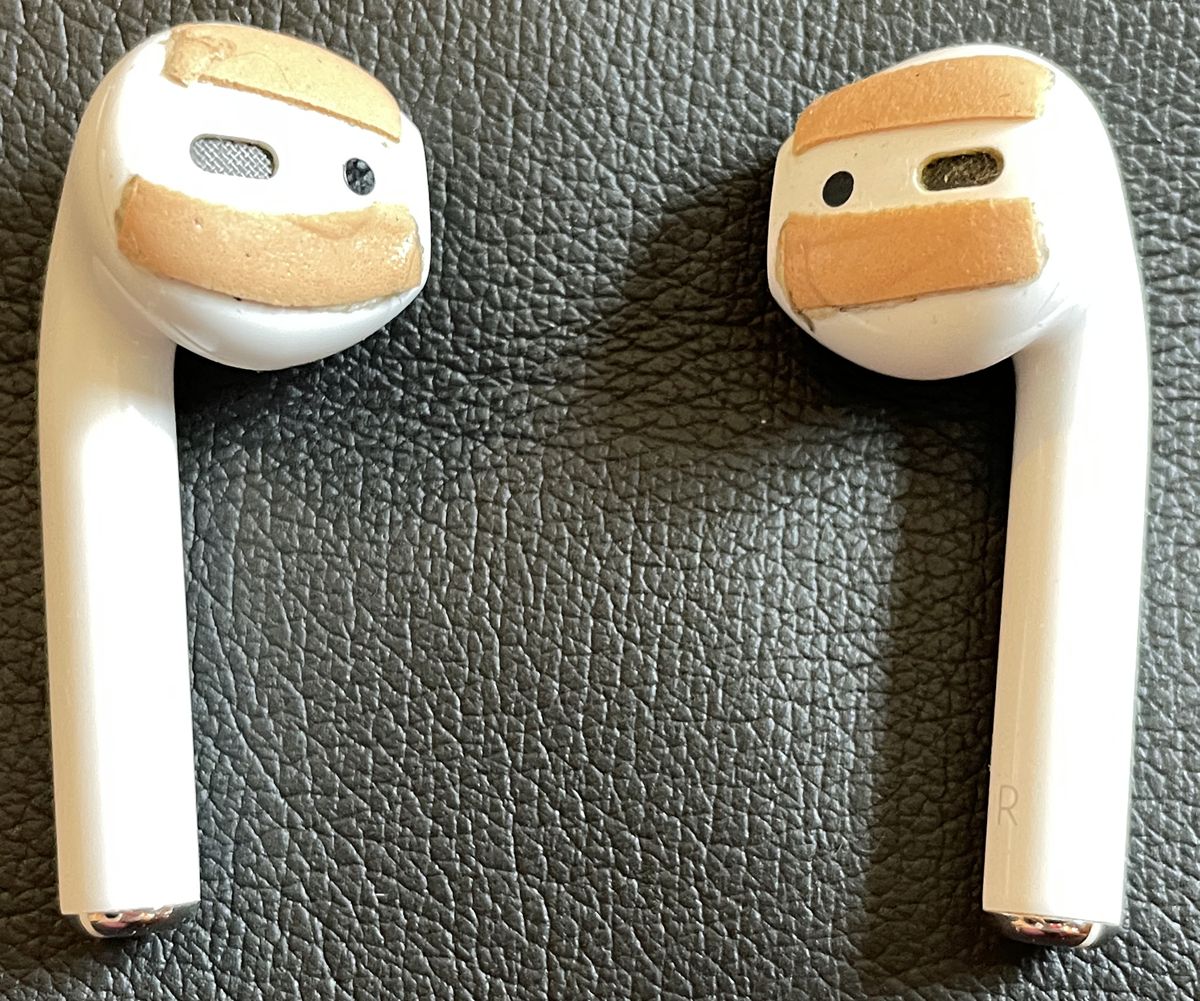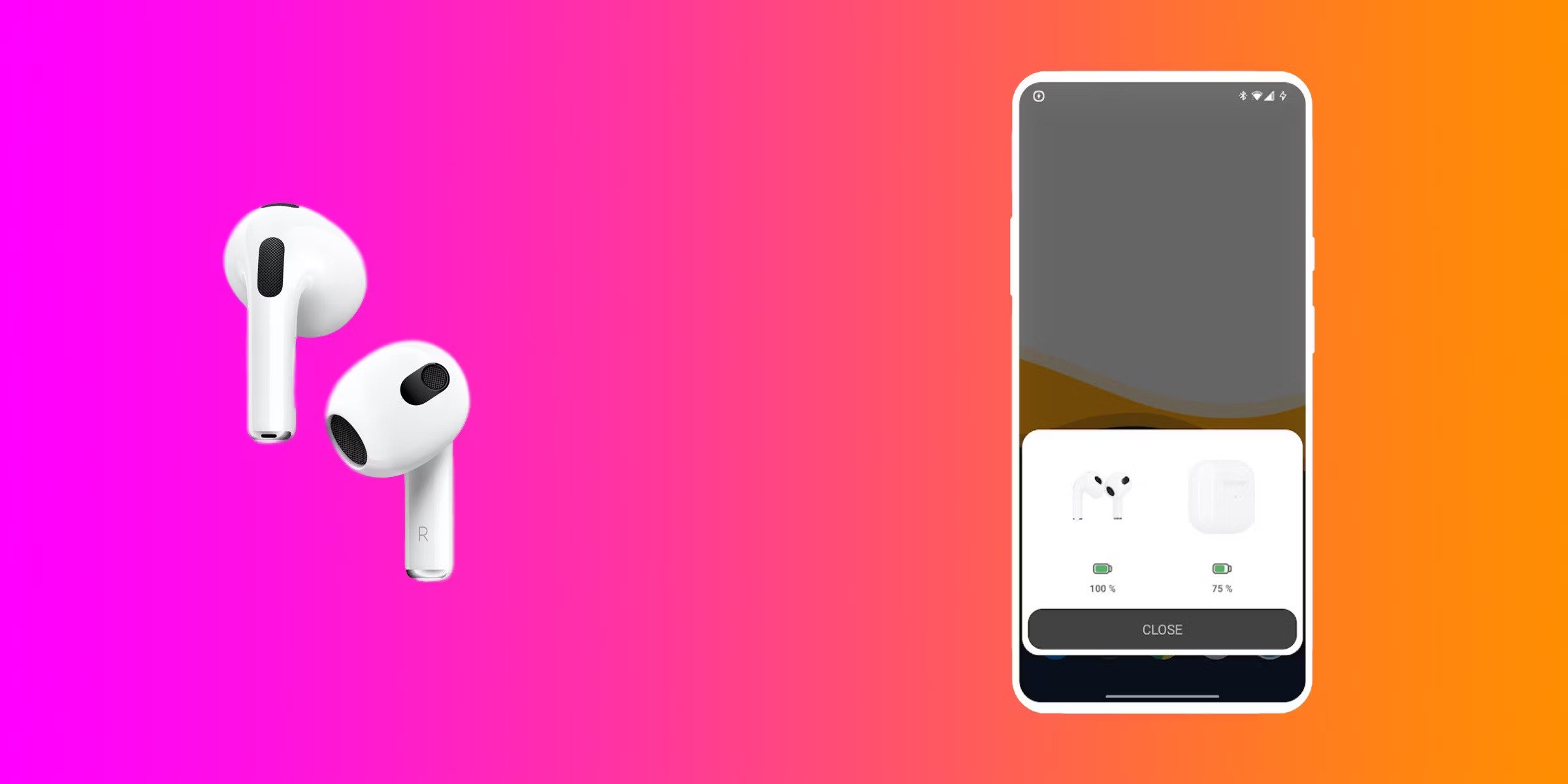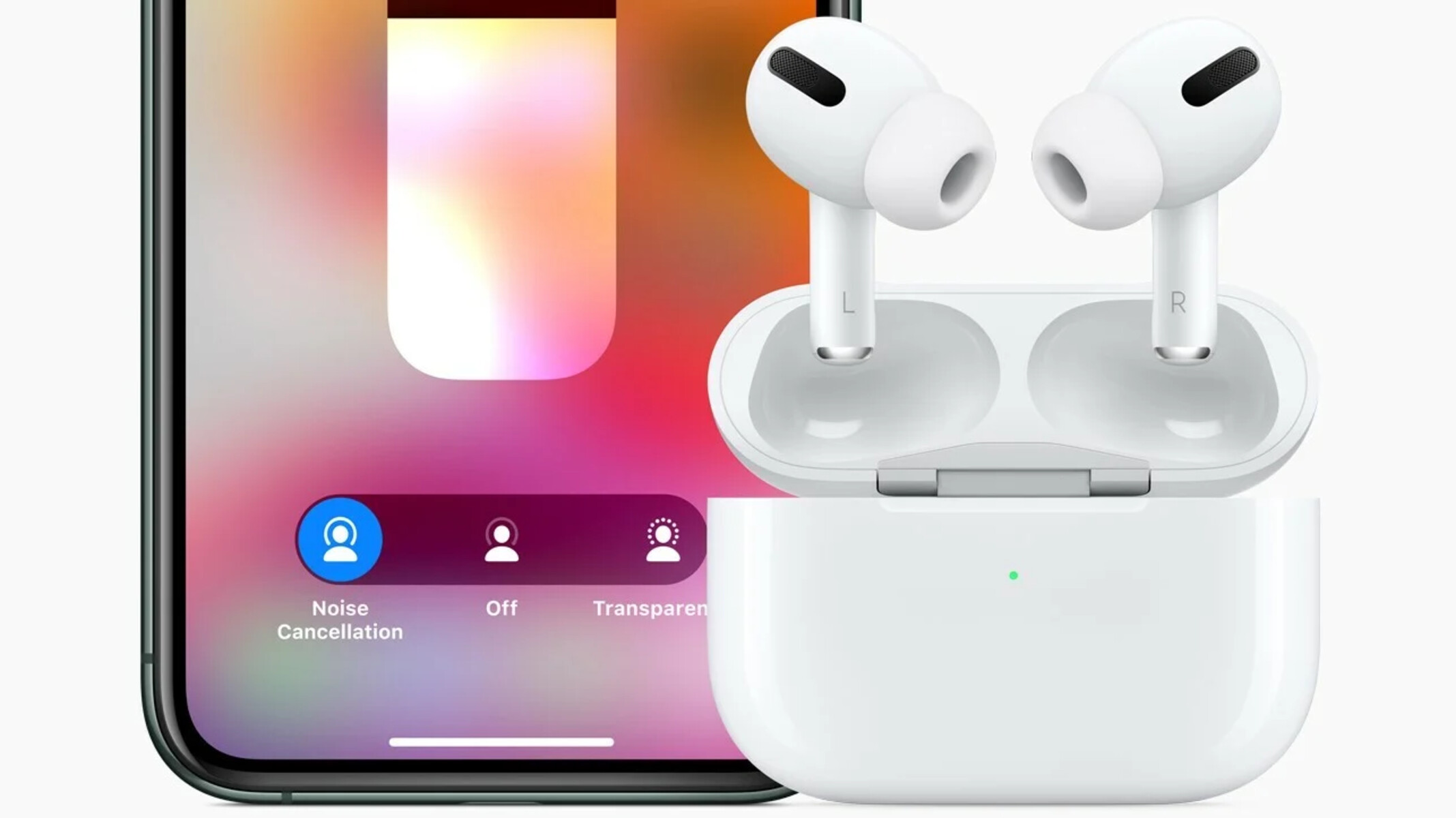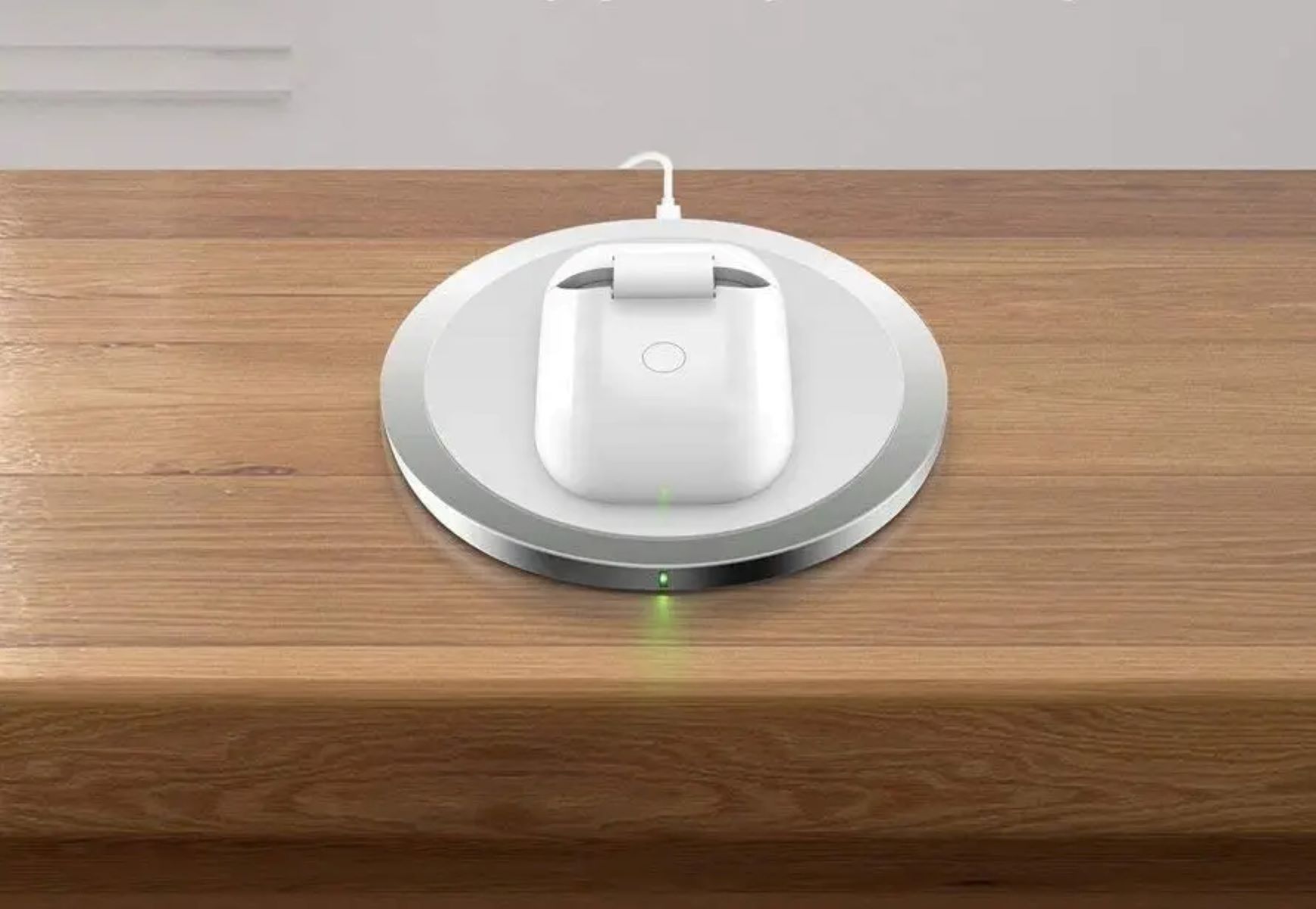Introduction
Wireless earphones have become incredibly popular in recent years, and Apple’s Airpods top the list as one of the most sought-after audio accessories. With their sleek design and seamless connectivity, Airpods offer users a convenient and wire-free audio experience. However, one common complaint voiced by many Airpods users is that they tend to run out of battery quickly.
In this article, we will delve into the factors that contribute to the fast battery drain of Airpods and explore effective tips to extend their battery life. But before we jump into the details, let’s first take a closer look at the background of Airpods.
Introduced by Apple in 2016, Airpods revolutionized the audio accessories market by providing users with true wireless freedom. With their Bluetooth connectivity, the Airpods pair seamlessly with iPhones, iPads, MacBooks, and other Apple devices, allowing users to enjoy a hassle-free audio experience. The compact and lightweight design, coupled with the charging case, makes it convenient to carry and charge the Airpods on the go.
Now, let’s address the elephant in the room – the battery life of Airpods. While Apple claims that Airpods can provide up to 5 hours of listening time on a single charge, many users have reported that their Airpods drain quickly and need to be recharged frequently.
So, why do Airpods die so fast? There are several factors that contribute to this issue, ranging from hardware limitations to usage patterns. In the following sections, we will explore these factors in detail and provide you with practical tips to help maximize the battery life of your Airpods.
Background on Airpods
Apple’s Airpods have become synonymous with wireless earphones, setting a new standard in the market since their release in 2016. The sleek and minimalist design, coupled with their seamless integration with Apple devices, has made Airpods a popular choice among tech enthusiasts and music lovers alike.
The Airpods are equipped with advanced technology, including Apple’s custom-designed H1 chip, which enables a faster and more stable wireless connection. This ensures a reliable and uninterrupted audio experience, whether you’re listening to music, watching videos, or taking calls.
One of the standout features of Airpods is their intuitive functionality. By simply placing them in your ears, the Airpods automatically connect to your device, allowing you to start listening without any hassle. Additionally, the built-in sensors can detect when you remove an Airpod, automatically pausing the audio playback and resuming it when you put the Airpod back in.
The compact and lightweight design of the Airpods makes them incredibly portable. Not only can you easily carry them in your pocket or bag, but they also come with a charging case that provides additional battery life and acts as a convenient storage solution.
Another notable aspect of Airpods is their integration with Siri, Apple’s virtual assistant. With just a double-tap on either Airpod, you can activate Siri and perform a variety of tasks, such as adjusting the volume, changing the song, or making a phone call – all without taking out your device.
Furthermore, the Airpods boast impressive battery life. On a single charge, you can expect up to 5 hours of listening time, or up to 3 hours of talk time. Moreover, the charging case can hold multiple additional charges, extending the battery life to a total of more than 24 hours.
In terms of compatibility, Airpods are seamlessly integrated with Apple devices running on iOS, macOS, or watchOS. However, they can also be paired with non-Apple devices through the standard Bluetooth connection, although some features may be limited in this case.
Overall, the Airpods have made a significant impact in the audio accessories market, redefining the way we experience wireless audio. Their innovative design, advanced technology, and seamless integration with Apple devices have made Airpods a popular choice for consumers worldwide.
Battery Life of Airpods
When it comes to the battery life of Airpods, Apple claims that they can provide up to 5 hours of listening time on a single charge. This means you can enjoy your favorite music, podcasts, or videos without interruption for an extended period. Additionally, the Airpods offer up to 3 hours of talk time, allowing for lengthy phone conversations without the need for frequent charging.
The charging case that comes with the Airpods plays a crucial role in extending their battery life. The case acts as both a protective storage solution and a portable charger. With the case, you can recharge your Airpods on-the-go, giving them multiple charges before needing to connect to a power source. In fact, the charging case can provide more than 24 hours of additional listening time, ensuring that your Airpods are always ready for use.
It is important to note that the battery life of Airpods may vary depending on various factors, including the volume level, the type of content being played, and even environmental conditions. Higher volume levels and streaming high-definition videos, for example, can result in faster battery drainage.
Furthermore, the battery life of Airpods can differ between the first-generation Airpods and the newer Airpods Pro. The Airpods Pro offer slightly shorter battery life due to the additional features such as active noise cancellation and transparency mode. However, both versions of Airpods deliver impressive battery performance that meets the needs of most users.
Overall, the battery life of Airpods provides a decent amount of usage time for most activities. Whether you’re on a long commute, working out at the gym, or simply enjoying your favorite music throughout the day, the Airpods are designed to keep up with your needs. However, it is important to be aware of the factors that can contribute to quick battery drain and take proactive measures to extend the battery life of your Airpods.
Factors that Contribute to Quick Battery Drain
While Airpods offer a decent battery life, certain factors can contribute to quick battery drain, requiring users to recharge them more frequently than desired. Understanding these factors will help you identify potential culprits and take steps to maximize the battery life of your Airpods.
One of the primary factors that can lead to quick battery drain is the volume level. Playing audio at higher volumes requires more power from the Airpods, causing the battery to deplete faster. Therefore, it is recommended to keep the volume at a moderate level to conserve battery life.
Another aspect to consider is the type of content being played. Streaming high-definition videos or listening to audio files with higher bitrates can put additional strain on the Airpods’ battery. If you’re primarily using your Airpods for media consumption, consider opting for lower resolution or bitrate settings to minimize battery usage.
Additionally, the use of additional features, such as the built-in microphone or the active noise cancellation feature in the Airpods Pro, can contribute to faster battery drain. Activities like making phone calls or enabling noise cancellation require additional power, impacting the overall battery life of the Airpods. If you’re not using these features, it’s a good idea to disable them to conserve battery power.
Environmental factors also play a role in the battery life of Airpods. Extreme temperatures, both hot and cold, can have an impact on the battery performance. It is recommended to avoid exposing your Airpods to extreme temperatures as it can negatively affect their battery life. Additionally, storing and charging the Airpods in a cool environment can help preserve their battery capacity over time.
Furthermore, software updates released by Apple can have an impact on the battery performance of Airpods. In some cases, software updates may introduce optimizations and improvements that enhance the battery life. It is essential to keep your Airpods and connected devices up to date with the latest software releases to benefit from these optimizations.
Overall, several factors can contribute to quick battery drain in Airpods. These include high volume levels, streaming high-definition content, using additional features like the microphone or noise cancellation, environmental conditions, and software updates. By being mindful of these factors and taking appropriate measures, you can optimize the battery life of your Airpods and enjoy longer listening or talk time.
Usage Patterns and Battery Drain
The battery life of Airpods is not solely dependent on external factors such as volume levels or environmental conditions. Your individual usage patterns also play a significant role in determining the battery drain of your Airpods. By understanding how your usage habits impact battery life, you can make informed decisions to conserve power and extend the longevity of your Airpods.
One of the key usage patterns that affect battery drain is the duration of continuous use. If you frequently use your Airpods for long periods without breaks, it will inevitably result in quicker battery depletion. Taking short breaks or removing the Airpods when not actively listening can help preserve battery life and extend their usage time.
In addition to the duration of use, the frequency of charging and discharging can also impact the overall battery health of your Airpods. Frequent, shallow discharges and partial charges can lead to a decrease in the battery capacity over time. To optimize the battery health, it is recommended to allow the Airpods to fully discharge and then perform full charge cycles periodically.
The distance between your Airpods and the connected device can also affect battery drain. If you frequently move away from your device, the Airpods may need to work harder to maintain a stable Bluetooth connection, resulting in increased power consumption. Keeping your device close to your Airpods ensures a strong and efficient connection, minimizing battery drain.
Another usage pattern to consider is the number of active applications or processes running on your connected device. Running multiple apps in the background or performing resource-intensive tasks can indirectly impact the battery life of your Airpods. Closing unnecessary apps and minimizing background processes can help conserve power and improve overall battery efficiency.
Furthermore, the frequency of using additional features like Siri or making phone calls can contribute to battery drain. While these features offer convenience and functionality, they also consume additional power. Limiting the use of such features when not necessary can help conserve battery life and prolong the usage time of your Airpods.
Understanding your usage patterns and their impact on battery drain is crucial in optimizing the battery life of your Airpods. By making small adjustments to your habits, such as taking breaks, performing full charge cycles, keeping the device close, and minimizing resource-consuming processes, you can increase the overall efficiency and longevity of your Airpods’ battery.
Tips to Extend Airpods’ Battery Life
While the battery life of Airpods is influenced by various factors, there are several practical tips you can follow to maximize their usage time and extend their battery life. By implementing these tips, you can enjoy a longer-lasting audio experience with your Airpods.
- Adjust Volume Levels: Keeping the volume at a moderate level reduces the power consumption of the Airpods, helping to prolong their battery life. Avoid cranking up the volume to the maximum unless necessary.
- Optimize Content Quality: Switching to lower resolution videos or audio files with lower bitrates can reduce the strain on the Airpods’ battery. Choose lower quality settings when streaming media to conserve power.
- Disable Additional Features: Features like active noise cancellation and transparency mode in the Airpods Pro consume extra power. If you don’t need these features, it’s advisable to disable them to conserve battery life.
- Keep Firmware Up to Date: Regularly update the firmware of your Airpods and connected devices to benefit from optimizations and improvements that may enhance battery performance.
- Take Breaks and Optimize Usage: Give your Airpods periodic breaks, especially during long listening sessions. Removing them when not actively using them can extend their battery life. Additionally, optimizing usage habits, such as minimizing background processes and closing unnecessary apps, can help conserve power.
- Position Your Device Close: Keeping your device in close proximity to the Airpods ensures a stronger Bluetooth connection, reducing power consumption. Avoid excessive distance between the Airpods and the connected device.
- Store and Charge in Optimal Conditions: Avoid exposing the Airpods to extreme temperatures, as it can negatively affect their battery life. Store and charge them in a cool environment to preserve their battery capacity over time.
- Perform Full Charge Cycles: Every once in a while, allow the Airpods to fully discharge and then perform a full charge cycle. This helps recalibrate the battery and maintain its health.
By following these tips, you can optimize the battery life of your Airpods and ensure a longer-lasting audio experience. Remember that even though Airpods may have limitations in battery life, practicing these habits and being mindful of power consumption can significantly improve their usage time.
Conclusion
Airpods offer a seamless and convenient wireless audio experience, but their battery life can be a concern for many users. However, by understanding the factors that contribute to quick battery drain and implementing practical tips to extend their usage time, you can make the most of your Airpods and enjoy a longer-lasting battery life.
We discussed how the volume level, content quality, additional features, environmental conditions, and usage patterns can impact the battery life of Airpods. By being mindful of these factors, you can adjust your habits and optimize power consumption to maximize the longevity of your Airpods’ battery.
The duration and frequency of use, distance from the connected device, and the number of active applications also play a role in battery drain. By taking breaks, performing full charge cycles, keeping the device close, and minimizing resource-intensive processes, you can further conserve power and improve overall battery efficiency.
Furthermore, we provided practical tips such as adjusting volume levels, optimizing content quality, disabling unnecessary features, keeping firmware up to date, and storing and charging Airpods in optimal conditions. These tips, when implemented, can significantly extend the battery life of your Airpods and enhance your overall audio experience.
In conclusion, while Airpods may not have unlimited battery life, understanding the factors that impact battery drain and adopting smart usage habits can help you make the most of your Airpods. By following these tips and being mindful of power consumption, you can enjoy extended listening and talk time, making your Airpods a reliable and long-lasting audio companion.







